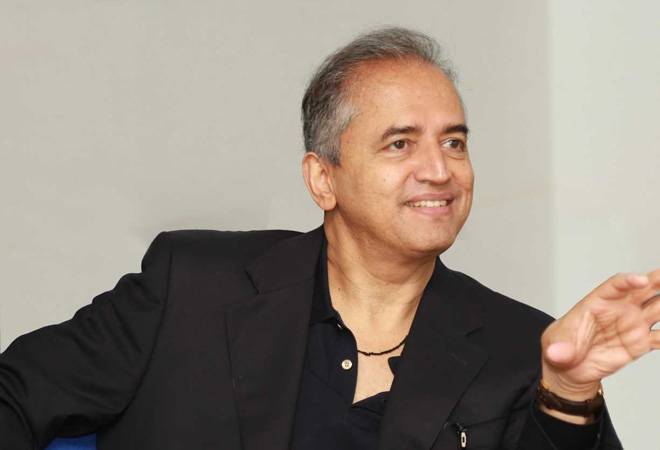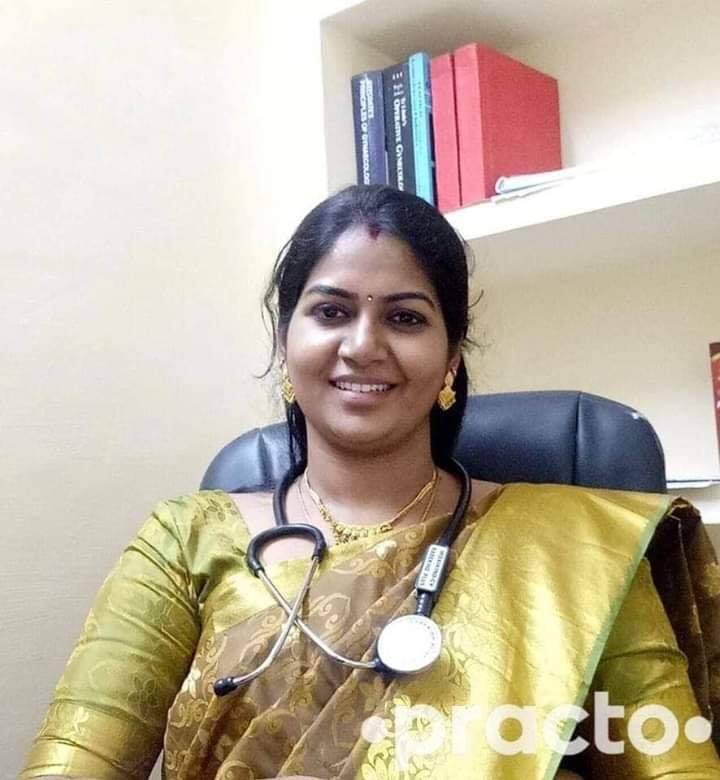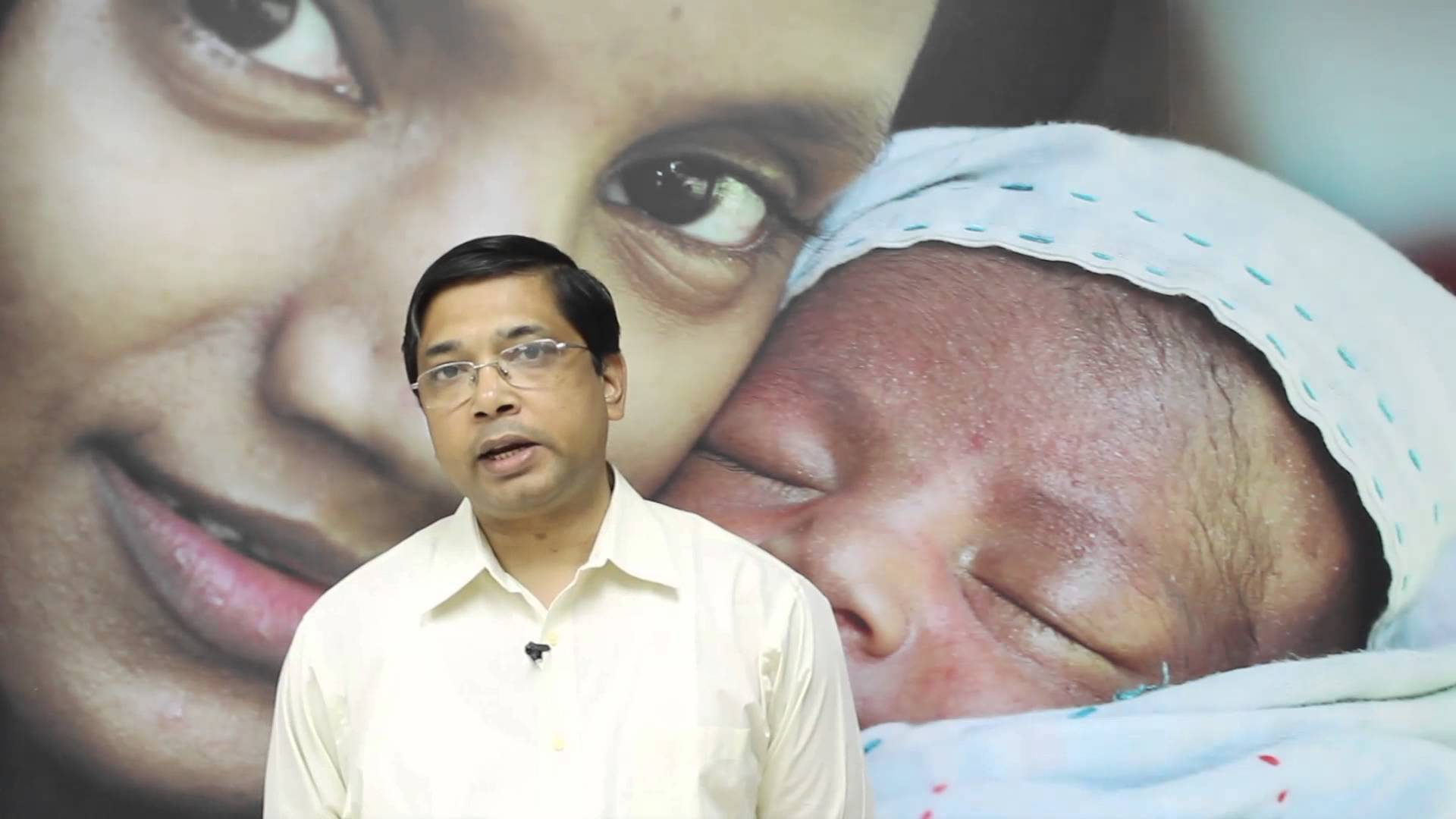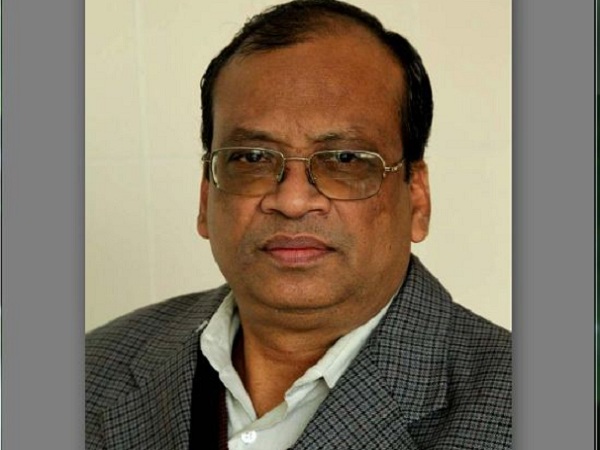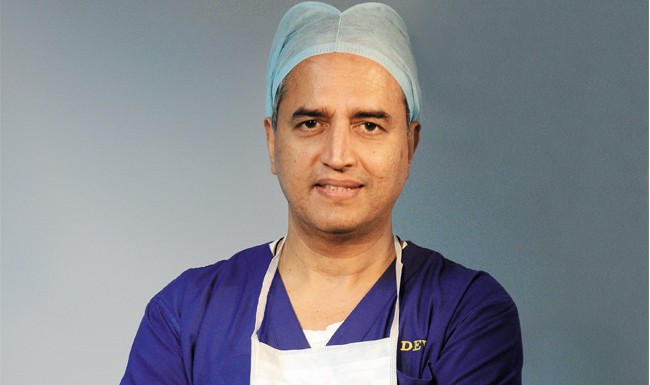Ameen Qudir
Published:2018-02-17 01:26:13 BdST
"অধ্যাপক স্বপনের অকাল মৃত্যু আমাদের চিকিৎসা ব্যাবস্থার সচেতনতার অভাবের নির্মম বহি:প্রকাশ"
ডা. গুলশান আরা আক্তার
_____________________
বঙ্গবন্ধু শেখ মুজিব মেডিকেল বিশ্ববিদ্যালয় এর প্রো-ভিসি অধ্যাপক ডাক্তার জাকারিয়া স্বপন স্যারের অকাল মৃত্যু আমাদের চিকিৎসা ব্যাবস্থার সচেতনতার অভাবের এক নির্মম বহির্প্রকাশ! আজ জাকারিয়া স্যার দেশের সবচেয়ে বৃহৎ ও সর্বোচ্চ চিকিৎসা কেন্দ্রে বসেও পাননি লিভার ক্যান্সারের সঠিক স্ক্রিনিং ও আরলি ডিটেকশনের গ্যারান্টি; যেমনটি পাননি কয়েকবছর আগে হঠাৎ জন্ডিসে আক্রান্ত হয়ে ২/৩ দিনের মধ্যে গত হয়ে যাওয়া আমাদের একজন অতি পরিচিত মূল্যবান অর্থেপেডিক সার্জন, আমার একজন সহকর্মী তৎকালীন গ্যাভীর ডিভিশনাল হেড, সমগ্র বাংলাদেশকে ইমুনাইজড করার প্রত্যয়ে ব্রত অসীম উপকারী মানুষটির সাথে একটিমাত্র ফাইনাল পরীক্ষা দিয়ে পরেরদিন তাঁরই আকস্মিক মৃত্যুসংবাদ সম্বলিত এক কালো শোকপতাকা মাড়িয়ে পাবলিক হেলথ এন্ড প্রিভেনটিভ মেডিসিনের পরীক্ষা দিতে যাওয়াটা আমার কাছে শুধুই প্রহসন কিংবা আমাদের অসচেতনতার মুখে এক নির্মম চপেটাঘাত ছাড়া আমার কাছে কিছুই মনে হয়নি!!
কেন কেন এত সভা সেমিনার?? লিভার ক্যান্সার স্ক্রিনিং এর একটা নীতিমালা আছে যা আমাদের গ্যাষ্ট্রো এন্টারোলোজিষ্টরা খুব ভালো করেই জানেন, নাকি শুধু জনগনের হক মেরে সেমিনারেই যান?? কে জানে, হয়তো জানেন মানেন না, হয়তো মানতে চান দারিদ্রতার দোহাই দিয়ে পারেন না!! কিন্ত যে তিনজন হাই প্রোফাইল চিকিৎসক এভাবে অকালে ঝরে গেলেন তাদের দায়ভারটা আসলে কার?? তাঁদের না ছিলো কোনো দারিদ্রতার কষাঘাত, না ছিলো উচ্চমানের চিকিৎসা নেওয়ার ক্ষমতার অভাব; কেন না তাঁদের তিনজনেরই পদমর্যাদাবলে বাই ডিফল্ট উচ্চমানের চিকিৎসা পাওয়ার কথা ছিলো!!
এসব দোষ গুণ দায়ভারের বালাই তো আমাদের দেশে নাই বললেই চলে কিন্তু আরতো এভাবে চলতে দেয়া যায়না, চলুন আমরা নিজেরাই নিজেদেরকে বাঁচানোর চেষ্টা করি, লিভার ক্যান্সার সম্বন্ধে জেনে নেই কিছু করনীয় ও পালনীয়, জানি কুল্লুমান আলাইহা ফান অর্থাৎ সৃষ্টির সকলকিছুই মৃত্যুর শিকার কিন্তু চিকিত্সা বিজ্ঞানটাও তো আল্লাহরই দান তাইনা?? চলুননা একটু সচেতন হয়ে লিভার তথা প্রতিরোধযোগ্য ক্যান্সার গুলির বিরুদ্ধে প্রতিরোধ গড়ে তোলার চেষ্টা করি!!
আল্লাহ ডাক্তার জাকারিয়া স্যারকে বেহেস্তবাসী করুন আমীন, তাঁর অকালমৃত্যু থেকে শিক্ষা নিয়ে যদি আর একটি জীবনও বাঁচে, তার উছিলায় আল্লাহ জাকারীয়া স্যারের গুনাহ্খাতা মাফ করে দিন আমীন!!!!
_______________________

ডা. গুলশান আরা আক্তার
Dr. Gulshan Ara Akter
Sonologist, Reproductive & Child Specialist and Public Health Specialist.
MBBS, MPH, DMU, ADMS, RDMS, RVT,CRGS, CRVT, NT, NB. RVPI (appeared)
Active member of ARDMS (USA), Sonography Canada( Canada), European Society Of Echocardiography and Fetal Medicine Foundation ( England) Burwin and SAIT Canada( MSK and Vascular)
Owner, Founder Chair and CEO at Peerless Training Institute, Calgary, AB, Canada( A Canadian government accredited private career college)
Chief Ultrasound and MOA Instructor at Peerless Training Institute
Managing Director and Chief Ultrasound Trainer at Canadian Institute For Advanced Education( CIFAE) 33 Malibagh Dhaka.
Email: [email protected]
Phone: (403)554-8663
এখানে
প্রকাশিত একটি প্রতিবেদন আগ্রহী পাঠকের জন্য
_________________
Screening for Hepatocellular Carcinoma
Rowen K. Zetterman, MD
DISCLOSURES November 03, 2015
Hepatocellular carcinoma (HCC) is the sixth most common malignant tumor worldwide.[1] The incidence of HCC is increasing in the United States, with a rate in men that is three times higher than the rate in women the rate in women.[2] The risk for HCC in developed countries is increasing, owing to its associations with hepatitis C virus (HCV), alcoholic liver disease, and nonalcoholic fatty liver disease.[1] Underlying cirrhosis of any cause also increases the risk for HCC.
Finding HCC early is crucial; the prognosis correlates with delays in diagnosis, and small, localized, early-stage tumors are amenable to better treatment options.[3,4,5]
Primary care physicians play an important role in identifying patients who are at risk for HCC and ensuring that they receive proper screening. Most patients with cirrhosis in the United States receive their healthcare from primary care physicians, but only one half of primary care physicians routinely screen their at-risk patients for HCC.[6] Some patients will develop HCC before cirrhosis is clinically recognized by their physician.[7]
Patient selection, frequency of screening, and reevaluation of patients with small hepatic nodules are crucial to early diagnosis. The use of automated electronic medical record reminders for screening can significantly improve HCC screening.[8]
Screening Algorithms
Screening for HCC is important to identify tumors that are amenable to hepatic resection or liver transplantation. Early detection improves 5-year survival rates to > 60% with tumor resection or liver transplantation, compared with only 32% when advanced tumors are detected.[9]
Three major screening algorithms for HCC have been published, as well as a global perspective on HCC surveillance by the World Gastroenterology Organization.[4,10,11,12] HCC is more common in eastern Asian countries owing to the prevalence of chronic hepatitis B virus (HBV) and HCV infections. The 2010 Asian Pacific Association for the Study of the Liver (APASL) guideline[11] recommends screening high-risk patients with alpha-fetoprotein and hepatic ultrasound every 6 months.
The 2011 American Association for the Study of Liver Diseases (AASLD) guideline[10] recommends surveillance with non–contrast-enhanced hepatic ultrasound when the HCC risk is > 1.5% per year for HCV patients and > 0.2% per year for HBV patients. The 2012 guidelines[4] from the European Association for the Study of the Liver and the European Organization for Research and Treatment of Cancer (EASL-EORTC) recommend surveillance for patients with cirrhosis who have a > 1.5% annual risk for HCC and surveillance for HBV patients when the annual risk is > 0.2% per year.
A cost-effectiveness model shows a ≥ 3-month gain in life expectancy at a cost of < $50,000 per life-year gained.[13] They do not recommend screening patients with advanced liver disease who are not amenable to potentially curative therapy, except for patients on transplant lists for whom transplantation would be curative.
Timing and Frequency of Screening
Surveillance of patients who are at risk for HCC balances the timing of screening initiation and the frequency of screening with the objective of reducing mortality in those screened.[14] Unfortunately, few studies have adequately assessed the timing and frequency of screening of at-risk patients.
Two community-based trials from China compared screening vs no screening and determined the effect of screening on overall mortality. The first study used alpha-fetoprotein plus ultrasound every 6 months compared with a population of patients who were not regularly screened.[15] Despite only 60% compliance with the protocol in actively screened patients, fewer deaths from HCC were observed in those who were screened.
In the second study,[16] HBV surface antigen carriers were screened every 6 months with alpha-fetoprotein levels, followed by hepatic ultrasound if an elevated alpha-fetoprotein level was found, and were compared with a population of unscreened hepatitis B carriers. Fewer patients with advanced HCC were identified in the screened group, although no difference in all-cause mortality or mortality from HCC was seen in either group.
The interval between screenings for HCC by ultrasound has been based on accepted tumor growth doubling time and the cost-effectiveness of frequent screening.[17] A randomized trial from Taiwan compared 4-month vs 12-month screening intervals and determined that more patients in the 4-month group were identified with early disease.[18] In a cohort of 52,823 patients found to have HCC in Taiwan, patient groups were segregated by the interval between ultrasound screenings.[19] The study confirmed that patients with a shorter interval between screenings had a better likelihood of survival of HBV-associated HCC.
Are We Screening Adequately?
But how well is screening used? Less than 20% of patients with cirrhosis in the United States are screened for HCC, and only 2% get twice-annual screening.[20] Factors that reduce screening include patient age older than 65 years or younger than 50 years, male sex, non-Hispanic white ethnicity, and low income.
A safety-net hospital study also confirmed that fewer than 2% of at-risk patients had biannual screening, 13% had annual screening, and 67% had surveillance at least once every 3 years.[21] Reasons for the inconsistent screening included failure to recognize cirrhosis, patient insurance status, African-American race, cirrhosis due to nonalcoholic fatty liver disease, and the presence of extrahepatic cancer. Patients who received better screening had more than one primary care or hepatology visit annually.
Do we need to better educate physicians on screening for HCC? The answer appears to be "yes." A survey of primary care physicians found that although 65% reported using annual screening, only 15% performed biannual screening of patients who are at risk for HCC.[22] The reported barriers to adequate screening included lack of being up to date on screening guidelines, poor patient communication, and the need to care for bigger clinical issues during office hours than screening for HCC.
আপনার মতামত দিন:


